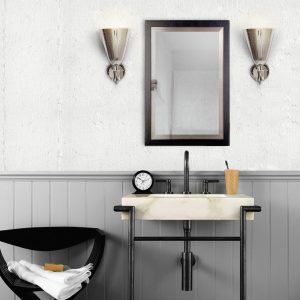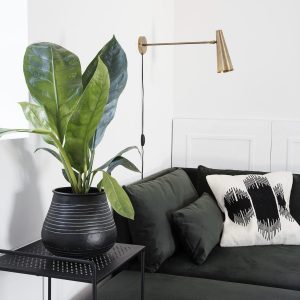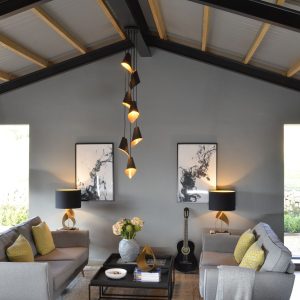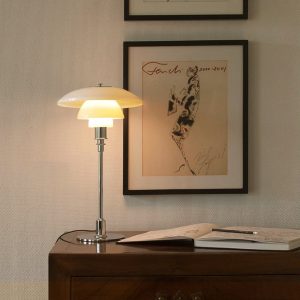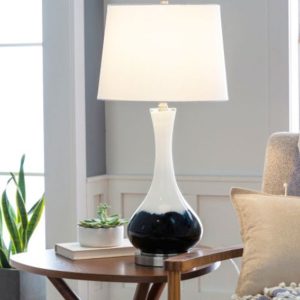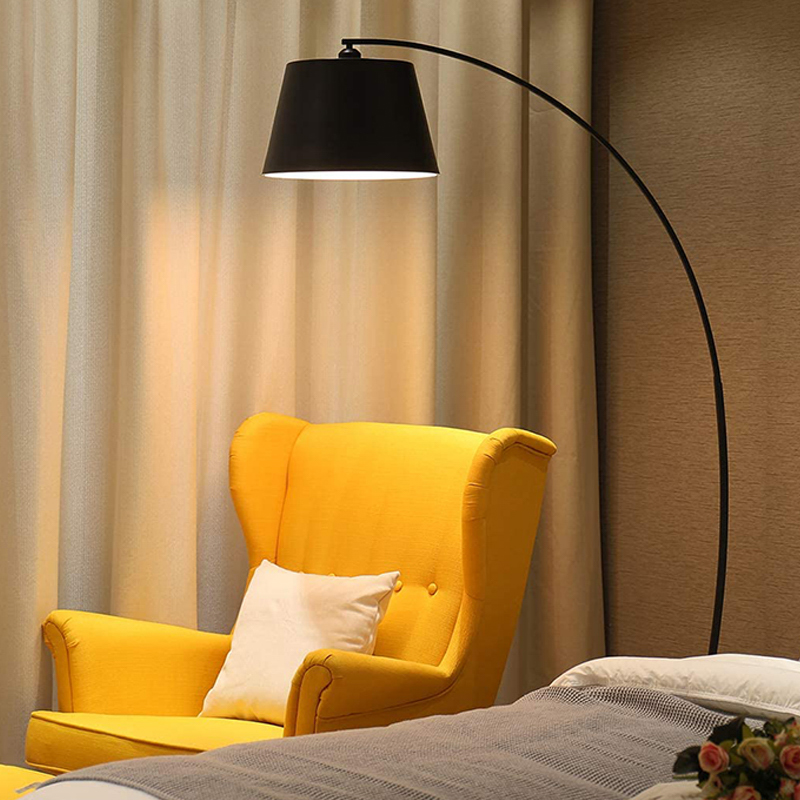
Introduction
If you are looking for a timeless and unique lighting fixture that will add a touch of elegance to your space, you might want to consider the Pilz Lampe Designklassiker. This mushroom-shaped lamp has been a design icon for decades and continues to mesmerize and inspire. In this article, we will explore the history, design, and impact of the Pilz Lampe Designklassiker.
History
The Pilz Lampe Designklassiker was created in 1961 by the German designer Paul Secon. Paul Secon was a pioneer of modern lighting design and was known for his innovative use of materials, shapes, and colors. He founded the lamp company Sompex in 1951 and started to create unusual lighting fixtures that captured the imagination of the public.
The Pilz Lampe Designklassiker was inspired by the shape of a mushroom, hence its German name “Pilz,” which means mushroom. The mushroom shape was not just a design element; it served a vital function as well. The lamp’s cap was made of opaline glass, which diffused the light evenly and reduced glare. The stem and base were made of metal, which added stability and durability. The lamp’s cable was colored to match the cap, which added a playful touch.
Design
The Pilz Lampe Designklassiker is a perfect example of Bauhaus design, which emphasizes simplicity, functionality, and aesthetics. The lamp has a symbolic and organic shape that blends into any interior. The opaline glass cap stands out for its pure form and translucency, which diffuses the light and creates a soothing ambiance. The metal stem and base add a sense of substance, precision and stability, while the colored cable highlights the interaction between form and color. The lamp’s dimensions are compact but sufficient to create a considerable light output, making it suitable for various interiors and purposes.
Impact
The Pilz Lampe Designklassiker quickly became a status symbol for modern design enthusiasts and was featured in many homes, offices, and public spaces. The lamp’s minimalist and expressive design made it a source of inspiration for many other designers who followed Paul Secon’s footsteps. The lamp’s international recognition led to its inclusion in several design museums, such as the MoMA in New York and the Vitra Design Museum in Germany.
The Pilz Lampe Designklassiker has stood the test of time and remains popular to this day. The lamp’s timeless design and high-quality materials ensure that it will last for many years to come. Furthermore, the lamp’s versatility and adaptability make it suitable for any interior, whether modern or classic, residential or commercial.

